
Success Stories:
LensLifter — Eyewear Holder
Restoration Robotics — Hair Transplant Robot
CardioThrive — Portable Defibrillator
From Concept to Market: The Story of LensLifter
The LensLifter Eyewear Holder is the perfect example of how an idea can evolve into a successful product. This innovative solution for eyewear management was entirely conceived, developed, and brought to market by me, demonstrating the full range of services Invent2Market offers to inventors. Below, I share the detailed journey of LensLifter, showcasing every step from initial concept through prototyping, production, packaging, and sales.
The Beginning: Identifying a Need
The inspiration for LensLifter arose from a common frustration: the lack of an elegant, functional way to store and display eyewear. My goal was to design a product that would not only solve this problem but also appeal to consumers aesthetically and practically.
Development: Design and Prototyping
Initial Design: I started with hand-drawn sketches and evolved the concept into detailed CAD designs.
Prototype Molds: To create prototypes, I employed two methods:
A rubber mold, which allowed for quick, small-scale production.
A CNC-machined acrylic mold, enabling me to create multiple high-quality samples to send to potential distributors and retailers as if the product were already in full production.
Production: Scaling Up
Early Production in the U.S.: For the first production run, I used injection-molded tooling manufactured in the Midwest. This allowed me to produce units at a cost of $2.50 each FOB (Free On Board) in the U.S.
Scaling to China: As demand grew, I transitioned production to China, reducing the cost per unit to $1.00 FOB while maintaining quality. This strategic move allowed me to lower the retail price to $4.95, simultaneously increasing margins and making the product more competitive.
Packaging and Branding
Trademark: I secured a trademark for the LensLifter brand, ensuring its unique identity in the marketplace.
Packaging: I designed attractive retail packaging and a point-of-purchase (POP) display box that doubled as a metal display and shipping container. This dual-purpose design optimized logistics and enhanced in-store presentation.
Marketing and Sales
Promotional Materials:
Data sheets and promotional postcards were created to educate potential buyers and distributors.
A dedicated website showcased the product and facilitated online orders.
I developed a price list with quantity ordering terms to appeal to a range of buyers.
Sales Strategy: I initially sold LensLifters to distributors and large retailers at $5.00 per unit, with a retail price of $9.95. Later, the cost reductions from Chinese manufacturing allowed a new retail price of $4.95, expanding the product’s market appeal.
Achievements
Nearly 100,000 units of LensLifter were sold, primarily through distributors and retailers.
While I was unable to finalize a deal with Sunglass Hut and Luxottica, which could have led to sales in the millions, the product’s success validated its concept and market viability.
Lessons Learned
LensLifter taught me invaluable lessons about:
The importance of prototyping and creating production-ready samples.
Scaling production to meet demand while maintaining profitability.
Strategically transitioning manufacturing for cost efficiency without compromising quality.
The challenges of securing high-volume retail partnerships and how to navigate them.
Case Study Takeaways
This case study demonstrates the comprehensive support Invent2Market provides:
Concept Development: Turning an idea into a detailed, market-ready design.
Prototyping: Creating high-quality prototypes to validate and promote the product.
Production: Scaling manufacturing, both domestically and internationally.
Sales and Marketing: Developing branding, packaging, and promotional strategies to drive sales.
If you have an idea or invention and want to take it to market, Invent2Market is here to guide you through every step of the journey.
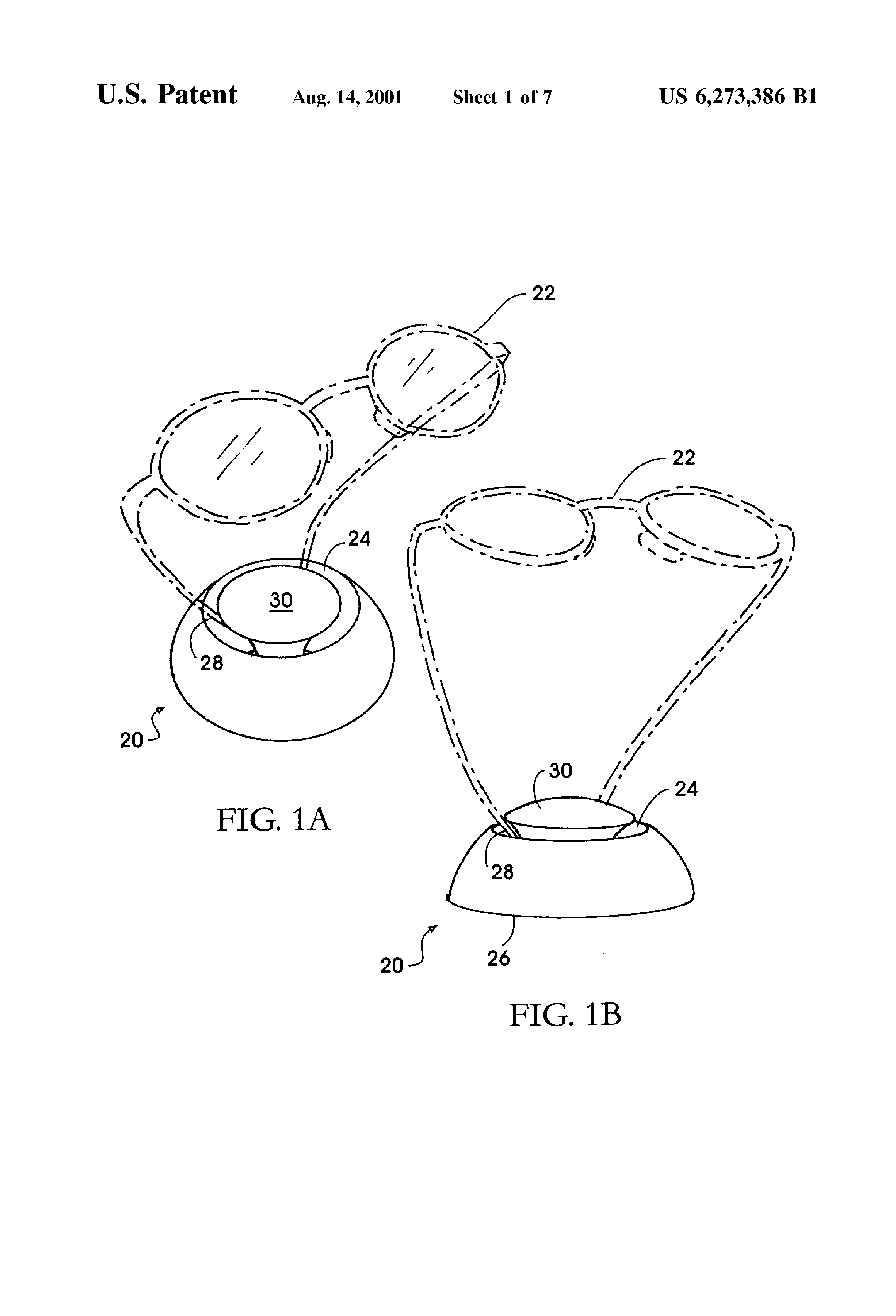
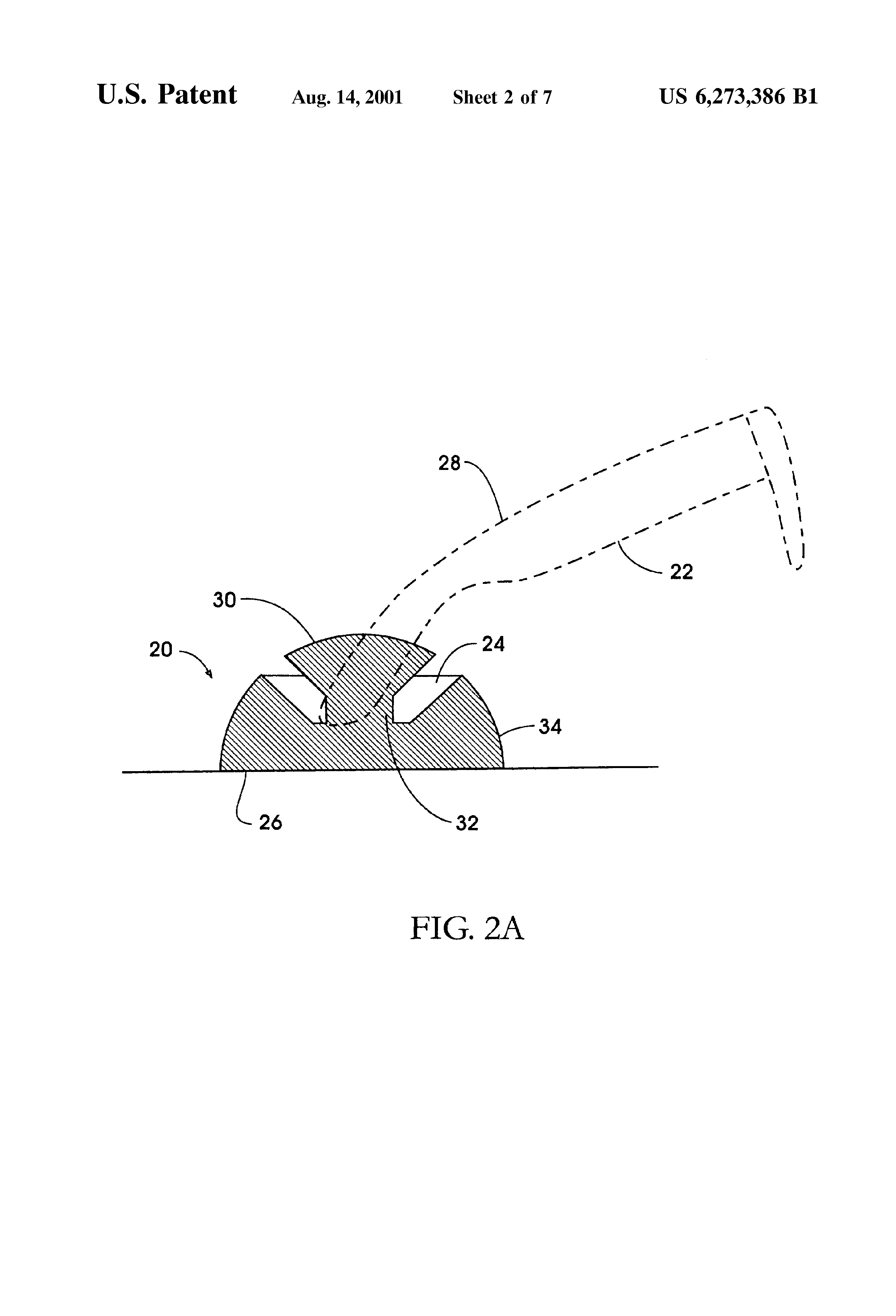
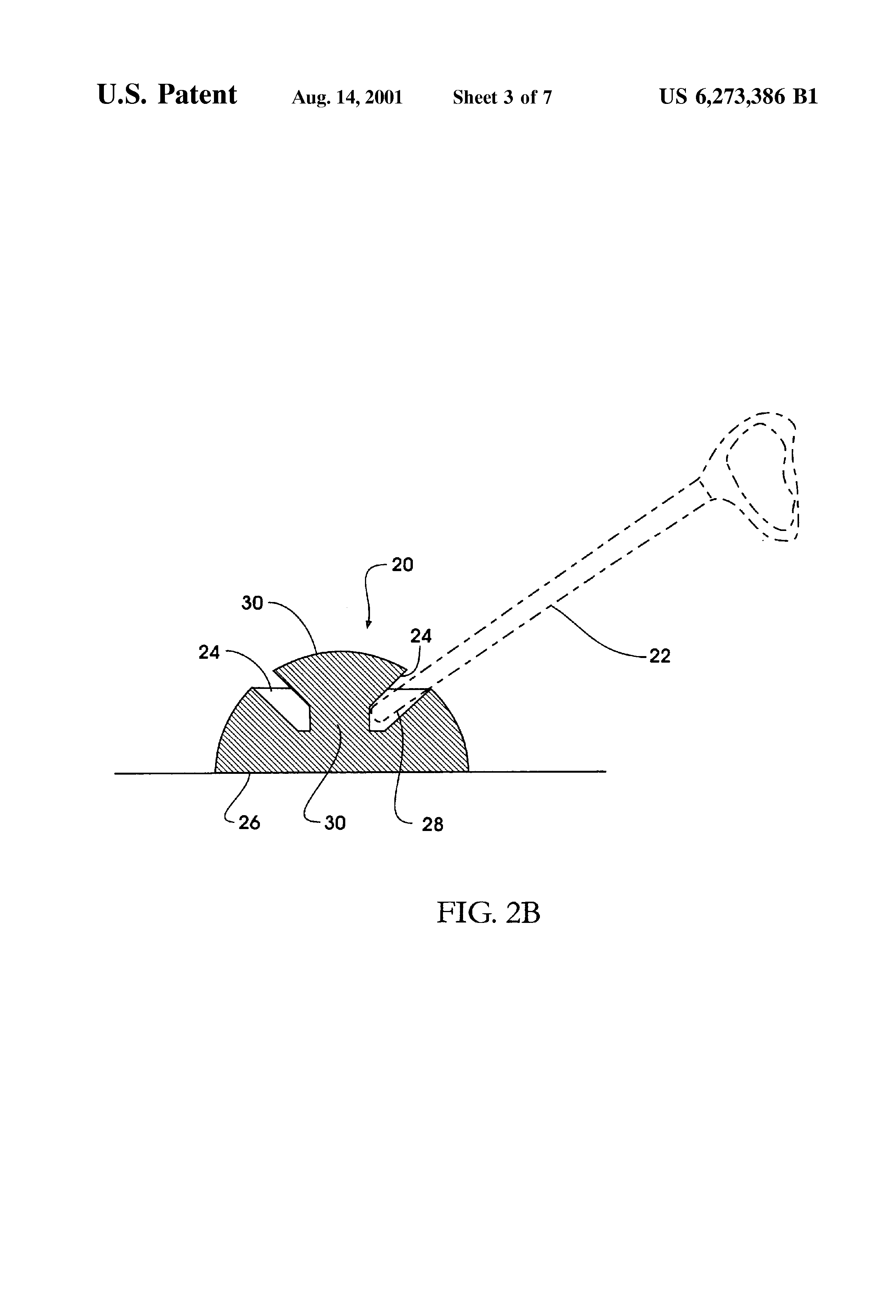
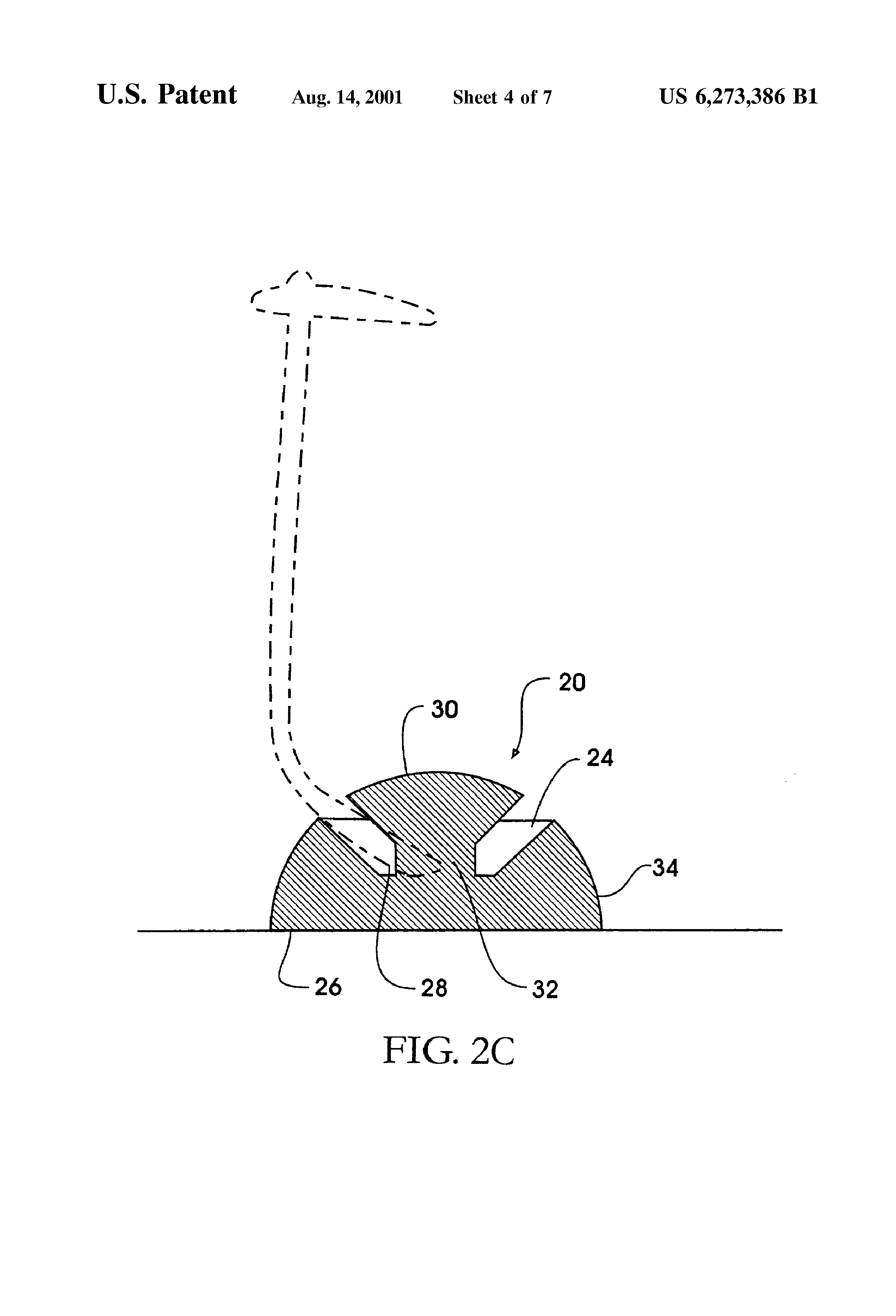
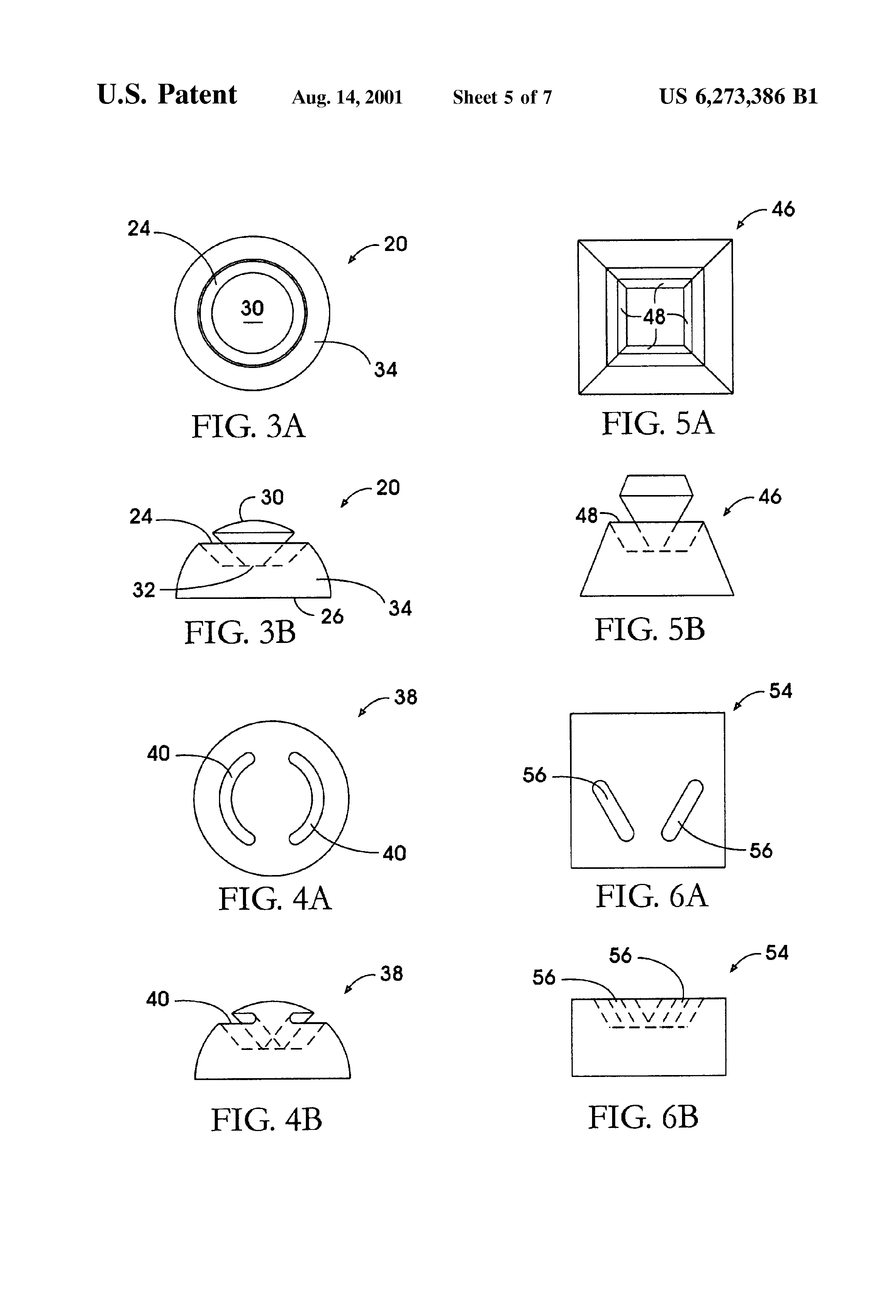
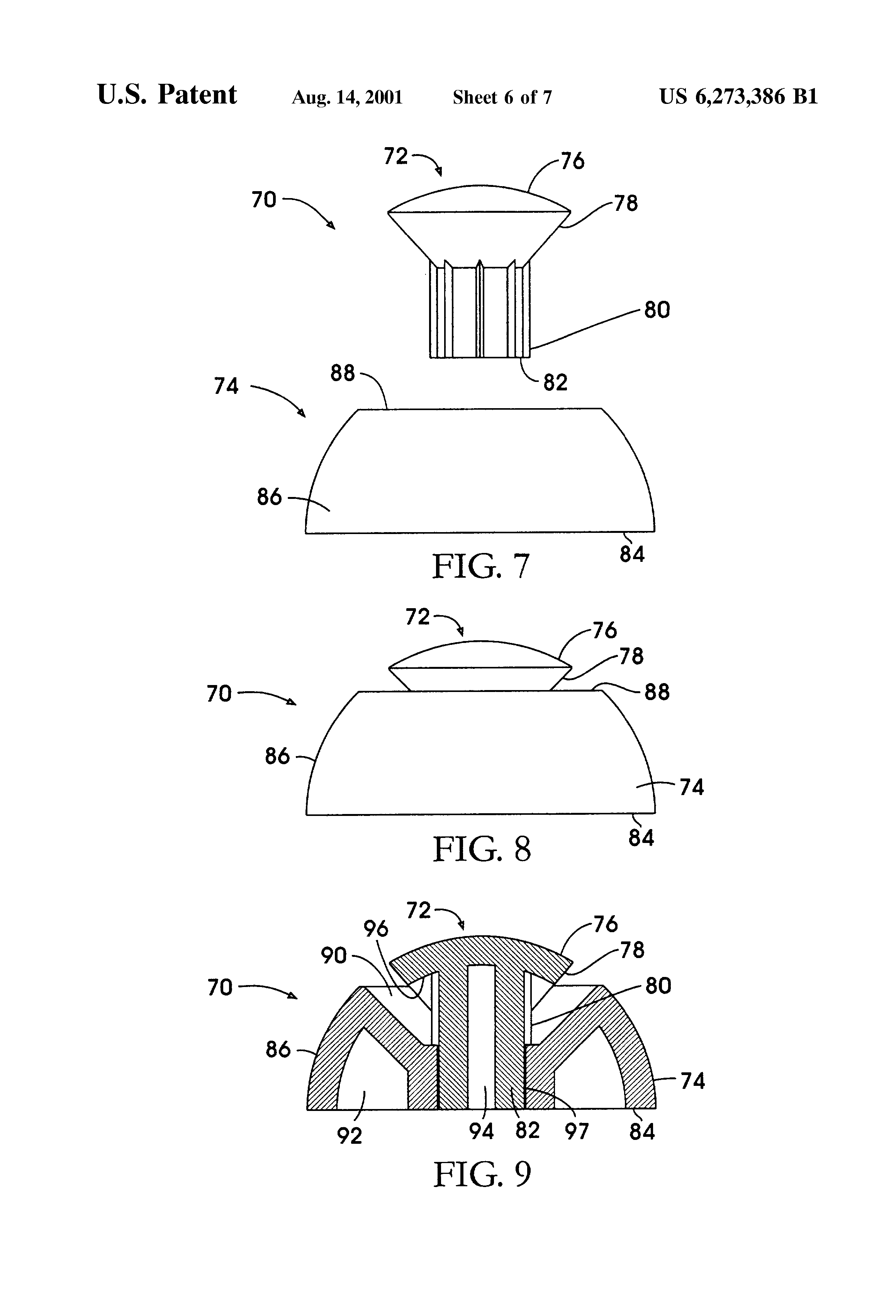
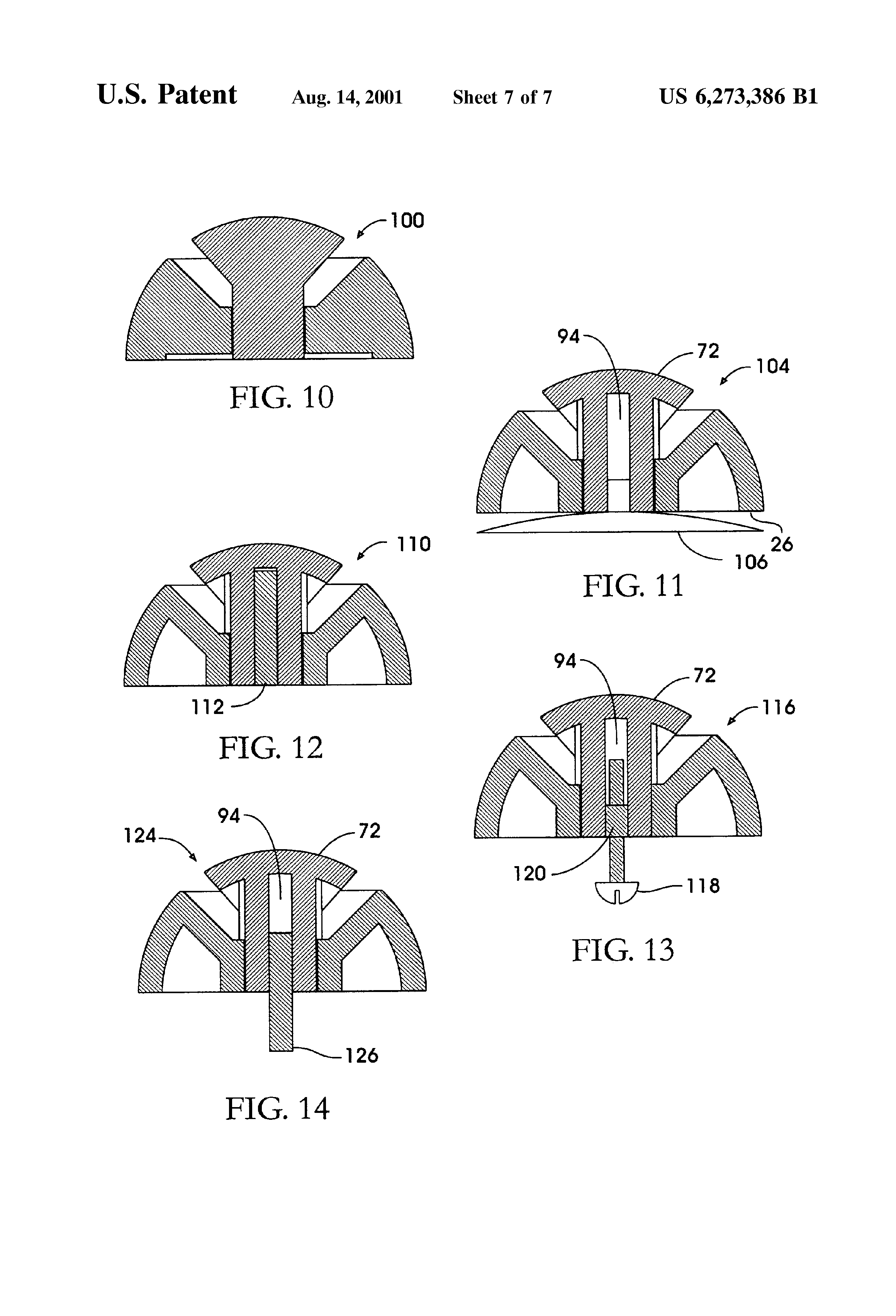
Restoration Robotics: Hair Transplant Robot
Lots of news lately from San Jose-based robo-surgeon manufacturer Restoration Robotics. In October, the company announced that it had just sold its 100th ARTAS robotics system (at about US $200,000 each) and “harvested” its 10 millionth hair follicle. (At about 1200 to 1600 hair follicles per patient, that’s perhaps 7000 or so patients that have had the robotic surgery.)
And this month, news came out that the backers of Restoration Robotics, among them venture firms Sutter Hill, Clarus, and InterWest Partners, had just put a few more million dollars into the company, closing out a Series C round of $45 million, for a total investment to date of more than $70 million. (That’s $7 per hair if you’re counting.)
Restoration Robotics started in 2002, and its first-generation product received Food and Drug Administration clearance in 2011. This latest round of funding aims to bring a second-generation robot to market.
The VCs aren’t making a crazy bet—cures for baldness are a $3.5 billion market annually—and that’s just in the United States. If Restoration Robotics gets a decent piece of that market, its investors would win big.
The ARTAS robot, using an onboard camera and analysis software, analyses high-resolution images of a patient’s scalp and selects follicles to extract; a doctor watching a monitor (in the same room or remotely) oversees these choices. The robot then uses one needle to break the skin and then follows it with a hollow needle to punch out the follicle. The doctor later manually inserts the follicles into previously bald areas of the scalp.
CardioThrive: Pocket-Sized Portable Defibrillator
Putting the lifesaving AED in the hands of first responders
Eneura - Portable Migraine Therapy Device
From concept to market, Lenslifter was a personal invention that achieved commercial success. Ron personally managed every phase, from design and prototyping to manufacturing and sales. It now serves as a model for inventors who want to bring their ideas to market.
US Patent Number for the case study: US 6,273,386
Patents
Received multiple utility and design patents and contributed to many more patented inventions and designs, for which I was not named as an inventor.









